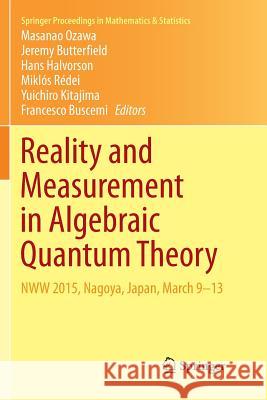Reality and Measurement in Algebraic Quantum Theory: Nww 2015, Nagoya, Japan, March 9-13 » książka
topmenu
Reality and Measurement in Algebraic Quantum Theory: Nww 2015, Nagoya, Japan, March 9-13
ISBN-13: 9789811347832 / Angielski / Miękka / 2018 / 396 str.
Reality and Measurement in Algebraic Quantum Theory: Nww 2015, Nagoya, Japan, March 9-13
ISBN-13: 9789811347832 / Angielski / Miękka / 2018 / 396 str.
cena 684,33
(netto: 651,74 VAT: 5%)
Najniższa cena z 30 dni: 655,41
(netto: 651,74 VAT: 5%)
Najniższa cena z 30 dni: 655,41
Termin realizacji zamówienia:
ok. 22 dni roboczych
Dostawa w 2026 r.
ok. 22 dni roboczych
Dostawa w 2026 r.
Darmowa dostawa!
Kategorie:
Kategorie BISAC:
Wydawca:
Springer
Seria wydawnicza:
Język:
Angielski
ISBN-13:
9789811347832
Rok wydania:
2018
Dostępne języki:
Numer serii:
000447439
Ilość stron:
396
Waga:
0.56 kg
Wymiary:
23.39 x 15.6 x 2.11
Oprawa:
Miękka
Dodatkowe informacje:
Wydanie ilustrowane











